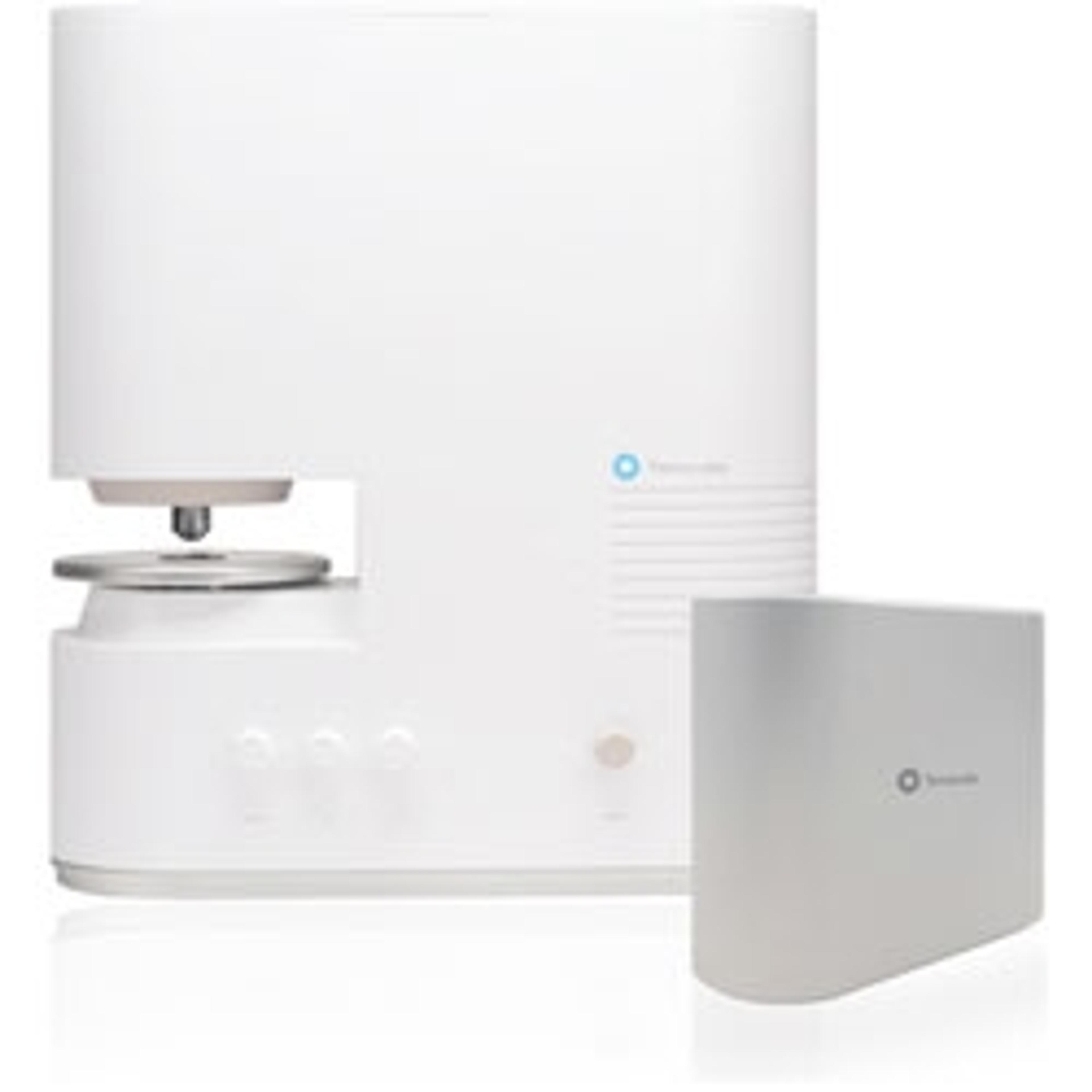Tomocube Holotomography Microscopy and Deep-Learning Network Unlock Dynamic Interaction of Immune and Cancer Cells
Rapid, label-free imaging and volumetric analysis via HT-2 microscope studies the 4D interaction dynamics of T cells and their targets in the immunological synapse for the first time
9 Apr 2019
A joint team from Tomocube and the Korea Advanced Institute of Science and Technology (KAIST) has exploited the rapid, label-free imaging and volumetric analysis of cell-to-cell interactions related to immuno-oncology for the first time. Tomocube’s Holotomography (HT) microscope was exploited to study in 4D the interaction dynamics of T cells and their targets in the Immunological Synapse (IS). Using a deep-learning network to interpret the tomographic images, they tracked CD19-positive K562 cells and CD19-specific Chimeric Antigen Receptor T cells (CAR-T19 cells), hailed in immune-oncology as the next-generation, personalized, anti-cancer treatment. The results can be found at bioRxiv.
3D tomograms of the cells were acquired every 500 milliseconds to capture the refractive index (RI) and corresponding total protein density distributions before automated, real-time, three-dimensional analysis of the IS between the interacting cells was executed by the deep-learning network. This automatic and quantitative spatiotemporal analyses of IS kinetics, together with morphological and biochemical parameters related to the total protein densities of immune cells, is set to provide new perspectives for immunological studies.
According to Aubrey Lambert, Chief Marketing Officer at Tomocube, “Many research teams are focused on the study of the Immunological Synapse (IS) in their bid to understand at the nano-scale how immune cells recognize pathogens and malignant cancer cells. Although fluorescence-based techniques have proven useful in imaging this dynamically interacting junction between immune cells and their targets, photo-bleaching, photo-toxicity, and slow imaging limit their ability to address single-cell dynamic imaging successfully.
“Our powerful combination of label-free holotomography microscopy and deep learning-based automated analysis illuminates the 4D IS formation dynamics of CAR-T19 cells. However, the method is easily modified to study other areas in immunological research, ranging from TCR signalling pathways to cytotoxicity of innate immune cells. The next results, which are expected shortly, will highlight the correlative fluorescence imaging now available on the HT-2 microscope, improving the precision and accuracy of the technique and providing the chemical specificities necessary to elucidate the remaining questions about IS formation mechanisms.”
In the increasingly successful fight against cancer, CAR-T immunotherapy has hit the headlines around the world for successfully treating cancer patients, including advanced cases where other available treatments have failed. Although it is a highly complex and potentially risky treatment, CAR-T is the first therapy specifically developed for each individual patient and involves reprogramming the patient’s own immune system. CAR-T treatment takes T-cells from patients and modifies them using advanced genetic engineering to create chimeric antigen receptors (CARs), which programme the T-cells to find and destroy cancer cells when re-introduced.
The HT-2 from Tomocube is the world’s first microscope to combine both holotomography and 3D fluorescence imaging into one unit. Capable of simultaneously capturing high resolution 3D optical diffraction tomography and 3D fluorescence images, the new microscope enables long-term tracking of specific targets in live cells while minimising stress. The capability to easily deliver holotomography and fluorescence correlative analysis in 2D, 3D and 4D will enable researchers and clinicians to open new frontiers in bioscience and better understand, diagnose, and treat disease.
Register with SelectScience today for more science news straight to your inbox>>

